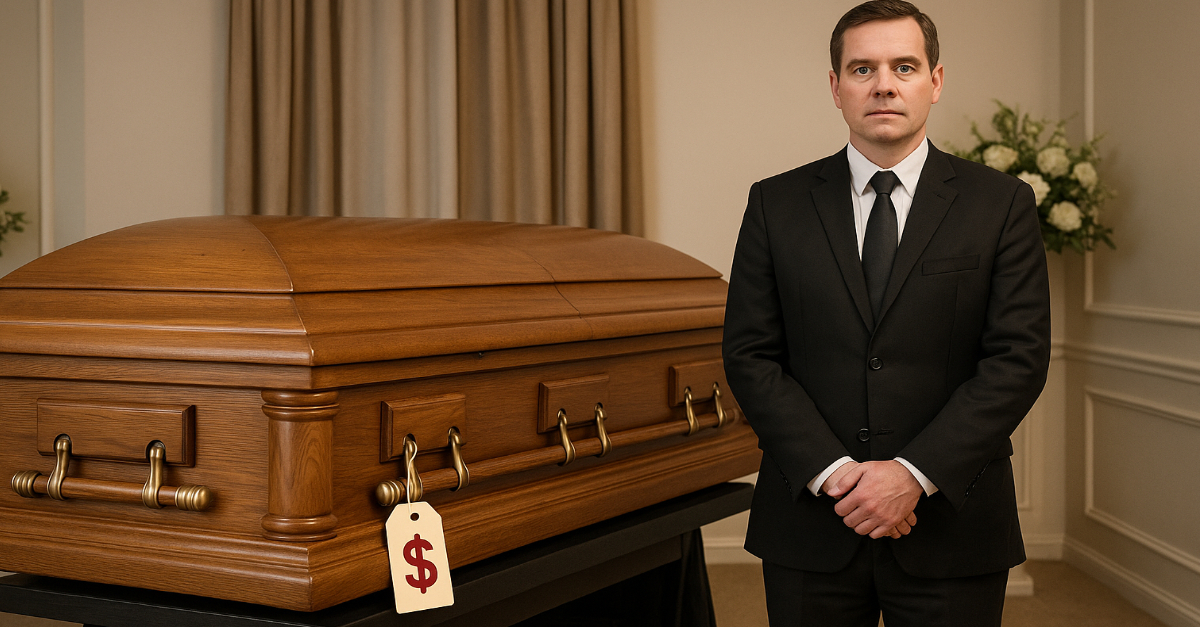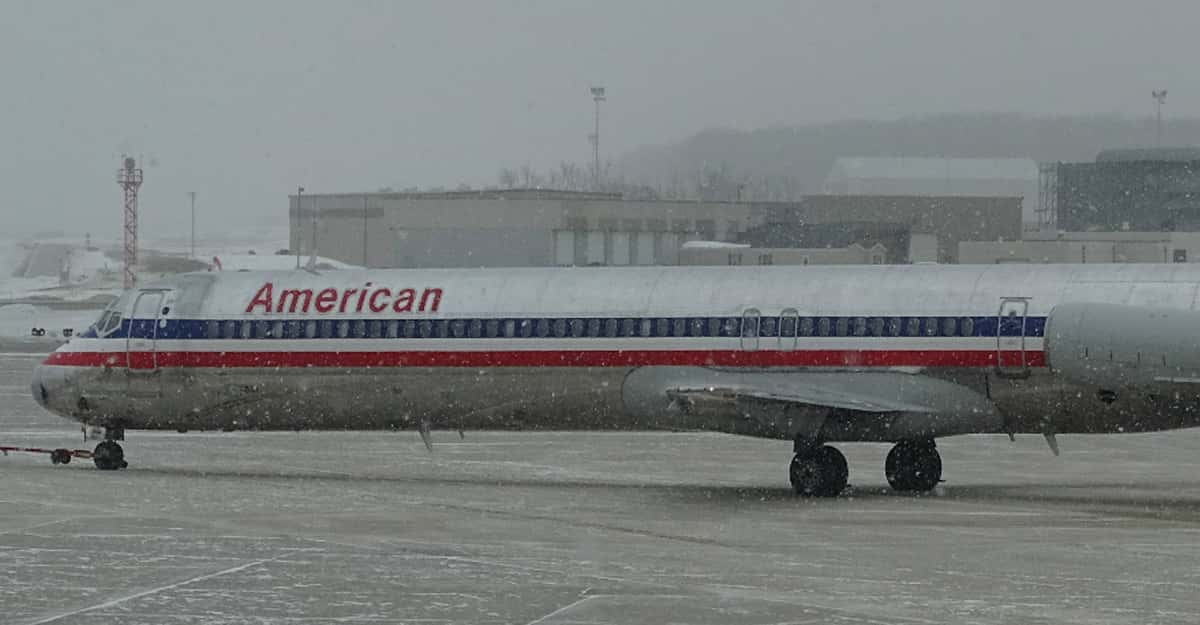The Funeral Industry's Secret Surcharge
Dying is already expensive. But if you’re plus-sized, the costs can quietly climb even higher—with funeral homes and cemeteries accused of charging a hidden “fat tax” on bigger bodies, both in the U.S. and across the pond in the U.K.

A Practice That Quietly Grew
These fees aren’t brand new. Oversized caskets first appeared decades ago, but they were rare. Today, demand has surged—about 1 in 20 funerals now require an oversize coffin—and what was once exceptional has become a routine, costly line on the bill.
The Cost of Size at the Final Checkout
Funeral directors admit it: larger caskets and special accommodations mean higher bills. Families often discover unexpected fees when they realize a standard casket—or even a standard cremation chamber—won’t fit their loved one.
 The Good Funeral Guide, Unsplash
The Good Funeral Guide, Unsplash
Oversized Caskets Come at a Premium
Standard caskets are 24 inches wide. Oversized models can stretch up to 51 inches. A UK coffin maker revealed a fifth of his orders are now extra-large, adding £400–£500 to the cost. In the U.S., oversize caskets range from $1,550–$4,150.
Double the Plot, Double the Price
Some cemeteries require two adjacent plots for an oversized casket. Families then pay not only for a custom coffin but also double the land cost—thousands more dollars at the worst possible time.
Cremation Isn’t Always Cheaper
Cremation is often seen as a budget choice. But larger bodies may incur surcharges. Some funeral homes openly charge $50 extra over 300 pounds and another $50 for each 100 pounds beyond that. Others bill flat fees of $100–$500.
 The Good Funeral Guide, Unsplash
The Good Funeral Guide, Unsplash
When Facilities Say No
Not every crematorium can even handle oversized remains. Some facilities simply refuse, forcing families to transport their loved one to a specialized site—adding more stress, delays, and unexpected costs.
 The Good Funeral Guide, Unsplash
The Good Funeral Guide, Unsplash
The Council “Fat Tax” Backlash
In the U.K., Wolverhampton council floated a 20% surcharge for wider graves before outrage forced a retreat. Still, about a quarter of councils quietly charge more for oversize plots, with fees ranging from under £100 to over £1,000.
A Hidden Line on the Bill
In the U.S., the FTC requires funeral homes to disclose obesity-related surcharges on their price lists. But families often only notice the fine print once grief has already left them little choice.
Why Funeral Homes Defend the Fees
Directors insist it’s not discrimination. “The average width of coffins has increased from 18–20 inches to 20–24 inches… bariatric coffins now exceed 40 inches in width,” one UK report noted. They argue higher costs reflect real challenges, not judgment.
Families Call It Unfair
Critics say it feels like a “fat tax”—an unfair penalty tacked onto grief. For families blindsided by hidden surcharges, it can feel like exploitation during their most vulnerable moment.
 The Good Funeral Guide, Unsplash
The Good Funeral Guide, Unsplash
Oversized Deathcare Is Booming
Oversize caskets were once rare (about 1 in 75 funerals). Today, it’s closer to 1 in 20. With demand climbing, manufacturers and crematoria are adapting, but families continue to shoulder the added financial burden.
 The Good Funeral Guide, Unsplash
The Good Funeral Guide, Unsplash
The Fuel Problem With Cremation
Cremating larger remains consumes more natural gas—costs that are passed on to families. Funeral homes argue this is unavoidable; critics see it as another excuse to pad the bill.
Extra Staff, Extra Bill
Larger caskets may require six to eight pallbearers instead of four. Directors say this means more staff and higher costs, while critics see yet another line item disguised as necessity.
 Raimond Spekking, Wikimedia Commons
Raimond Spekking, Wikimedia Commons
When Transportation Gets Tricky
Even hearses can be too small. Extra-wide caskets may require vans or specialty vehicles, with rental fees piled on top of already inflated bills.
Public Health Meets Private Costs
As obesity rates rise globally, industries from airlines to cemeteries adjust with hidden surcharges. Funeral costs are simply the final—and perhaps most painful—chapter in that wider economic story.
Councils, Cemeteries, and Outrage
When governments or cemeteries openly propose higher fees for larger plots, outrage follows. Yet many continue the practice quietly, with little transparency, knowing most families are in no position to protest.
Transparency—or Lack Of It
The FTC insists on clear disclosure of fees, but consumer advocates argue many homes bury them in paperwork. Few grieving families have the time—or willpower—to shop around for a better deal.
The Debate Over Fairness
Funeral homes say the costs are real: bigger coffins, extra staff, specialized vehicles. Critics call it discriminatory—a hidden “tax” on grief. Either way, size often means a bigger bill at life’s end.
 The Good Funeral Guide, Unsplash
The Good Funeral Guide, Unsplash
Closing Slide
From airline seats to clothing, plus-sized people often face hidden surcharges. Now, even in death, those costs can follow them. Whether you call it necessity or a “fat tax,” one thing is clear: grieving families are the ones who pay.
 The Good Funeral Guide, Unsplash
The Good Funeral Guide, Unsplash
You Might Also Like:
Is It Really Illegal To Be Overweight In Japan? The Truth Behind The ‘Metabo Law’
Airlines Are Introducing New Policies For Plus-Sized Passengers In 2026


















